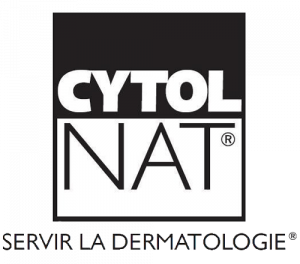THE CALENDULA
Where did the calendula come from ?
Calendula (Calendula offinicalis), also known as garden marigold, is a Mediterranean plant belonging to the Asteraceae family. During its sunny bloom, pretty yellow-orange flowers are revealed and have the particularity of closing each evening at dusk, to open better when the sun rises again at dawn. The extract is obtained after the summer harvest of the petals, which are then dried and crushed. It is composed of triterpendioles, flavonoids, carotenoids, mucilage, essential oils and finally saponosides.
What are its properties ?
Appreciated since antiquity for its cosmetic virtues, calendula is used to treat all kinds of ailments such as insect bites. Today, it is mainly used for its soothing, healing and regenerating properties.
How to use this ?
Calendula is a preferred cosmetic ingredient to treat skin problems such as :
- The irritations,
- The chapping,
- The redness thanks to its soothing action,
- Inflammations of the skin (psoriasis, eczema, acne, etc.) thanks to its anti-bacterial action.
It soothes wounds, sunburn, light burns by its anti-inflammatory power. And scars them by promoting the regeneration of the skin.
In addition to its calming action, this plant also has antioxidant properties. It captures free radicals that cause skin aging.
It is also a softener and a softener. It has the ability to make the skin of users more supple and softer to the touch. It is perfect for sensitive and fragile skin. But also for skin prone to redness and mature.
Test all the goods made of calendula through the use of the CYTOLROSE® range, specific anti-redness range.



